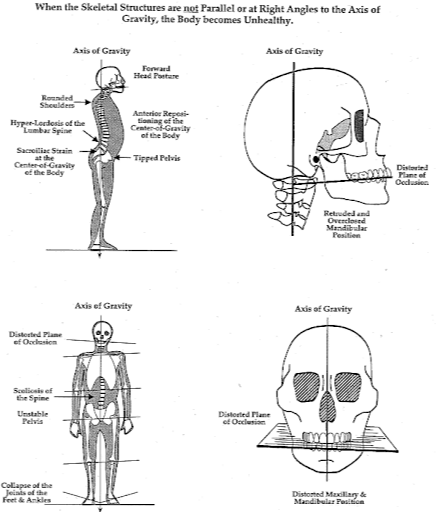
Offering programs to the chiropractic profession to improve their technical excellence. We are looking to those dedicated chiropractors and chiropractic students who want to focus their mastery on delivering the chiropractic adjustment. While the triad for professional growth includes art, science, and philosophy, our programs are heavily weighted in the art and science of chiropractic.
The Institute is excited to announce our next premier online program:
Evaluating the Vestibular System: Determining Balance,
Coordination and Processing Issues
WHAT ARE THE REPERCUSSIONS OF ABNORMAL VESTIBULAR FUNCTION?
respond to this input. The physical, emotional, and neurological integration processes can be interrupted when the vestibular system is not functioning correctly.
If you work with children that have physical, emotional, and neurological integration issues, it is likely that the vestibular system is compromised.
00
DAYS
00
HOURS
00
MINS
00
SECS

Are you seeing patients with:
- Children with coordination and balance issues?
- Children with sensory processing challenges and aberrant behavioral patterns?
- Postural issues creating ongoing compensatory problems?
- Athletes having trouble reaching new goals or perfecting their skills?
- Patients who are becoming challenged with daily living due to trauma (including
concussions), stress or aging concerns? - Children or adults who easily get frustrated in physical, intellectual, or social situations?
- Children who are hypersensitive to input including, sound, touch, pain, temperature, and visual stimuli?


The course format will give you a step-by-step guide to understand what influences the patterns, as well as the signs and symptoms of vestibular system imbalances.
You will receive 12 modules over a 3-month period plus a private facebook group to interact and have your questions answered, live Dr. Sharings, a workbook and full transcriptions of all video presentations.

Registration is Currently Closed
Join the waitlist to be notified when we open registration.
"These trainings have provided me with guidance and certainty where other techniques and courses have left me feeling unsatisfied."

